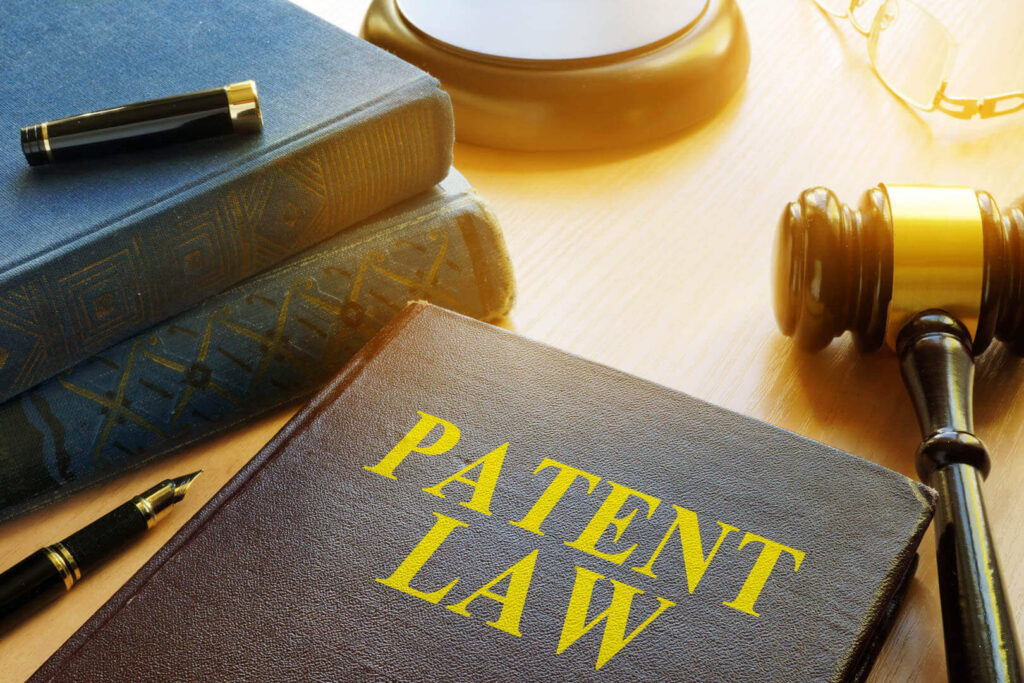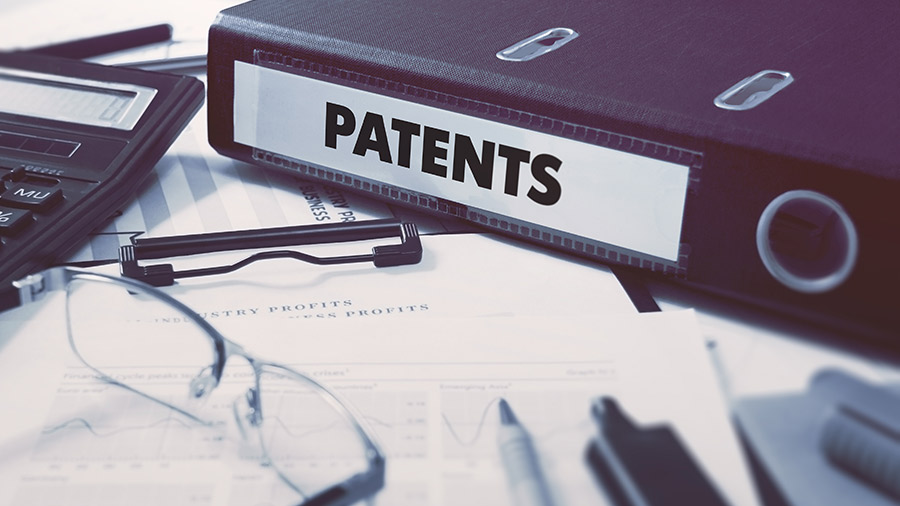Patenting an invention means you came up with something unique. One of the most frequent questions that arise is – how much it may cost to file a patent application in the US? It’s not easy to determine the height of this expense, mainly because it depends on the technology involved. However, this response – ‘it depends’ – isn’t quite useful or particularly insightful. Having that in mind, what follows below are some general estimates which should be helpful when trying to budget for filing an application at the United States Patent and Trademark Office.
The most significant things to be taken into consideration are the type of invention and the degree of complexity. Most of the time inventors want to believe that what they have come up with is quite simple and can be easily described. That may lead them to think that the entire cost should be minimal because the project they have in mind should take just a few hours, but hey – that might not be always the case. In many situations, inventors know deep inside that this process is a complex one and that they need some support.
As already mentioned, the price range is determined by the invention’s complexity. The majority of new ideas go from relatively simple to minimally complex. There’s a form called a nonprovisional patent application, and it might be highly impossible to give useful estimates for filing this type of application if you already don’t know a good deal about an invention. Some examples for rough guidance will be stated below to prepare you for the things you should expect when paying attorney fees, which are an inevitable part of this procedure.
You should know that government filing fees of $730 are the minimum for small businesses and independent inventors. These are mostly characterized as small entities – $400 would be the minimum for micro-businesses. Be aware that filing fees could go up depending on the number of claims your application contains. Professional drawings are required and they typically add up another $300 to $500.
The examples of attorney fees

Extremely simple inventions such as paper clips, diapers, coat hanger, electric switch, ice cube tray or simple earmuffs should cost from $5,000 to $7,000. The relatively simple ones, such as an umbrella, a belt clip for cell phone, flashlight, toothbrush, a retractable dog leash or board games should cost from $7,000 to $8,500.
Here’s how things work when it comes to the complex ones: minimally complex inventions such as a lawnmower, the camera, or a power hand tool go from $8,500 to $10,000. For moderately complex objects such as basic solar concentrators, cell phones, or simple RFID devices you may need to cash out from $10,000 to $12,000.
The fees for patenting relatively complex objects such as shock-absorbing prosthetic devices range from $12,000 to $14,000, while highly complex objects such as PCR, satellite technologies, MRI scanners, or telecommunication networking systems will require from $14,000 to $16,000. And last, but not least – for software-related inventions such as business methods and software automated systems, you must set aside more than $16,000.
These are just approximate figures – the attorney fees might also depend on whether there are real market opportunities. That means you could end up spending more on something simple, just to ensure that you have a strong resulting invention. If you want to obtain a strong patent, that’ll require more attention to details and attorney’s time, but mostly all you need to have are more claims. You can choose to pay for an attorney who will write a patent for computer software for a cheap price, but on the other hand, you can pay for a computer-related patent application costing $20,000 or more. The first option would not be nearly as strong as the second one!
What do inventors do when they want to cut off the expenses?

First, they start by filing a provisional patent application. This procedure is here to disclose the invention as a nonprovisional one, but it’s much easier to prepare for it and it also means it’s less expensive.
The total fee for attorney time is at least $2,000, while for small entities the filing fee is $130 and drawings usually cost from $100 to $125. Therefore, for a high-quality type of this application, you should be ready to handle from $2,500 to $3,000. As you could already guess, the most expensive fee would be to prepare and file a provisional application for computer and software-related inventions. The cost is usually $6,000 plus an additional fee for filing and drawing expenses.
If you are an aspiring inventor looking for more info on this topic, you may find some precious help if you check out https://www.crunchbase.com/organization/inventhelp.
Companies like InventHelp may be able to get you a solid attorney that will know how to get the best out of the existing situation and make your venture easier.
If you are interested in international invention fees, you should know that the costs are just the tip of the iceberg here, as you have many other steps waiting for you. You should file the Patent Cooperation Treaty (PCT) filing, and when you do so, you can simply file applications in the several countries that form part of this treaty.

Regarding the benefits of using PCT, you mustn’t forget that you still need to follow the rules of the state where you want to accomplish your goals. For this purpose, you may need to hire a foreign counselor to help you do what you have done in the US. The total fee of this could range from $10,000 to $40,000.
Don’t forget that there’s a lot of money and time to be invested in the invention process. You should keep your eyes wide open from the beginning to the end of the whole procedure so that you don’t end up caught off guard as you move through this journey. By learning how to deal with such things, we should make them more manageable both financially and intellectually – and we hope that this short guide on invention expenses has helped you get a bigger picture








